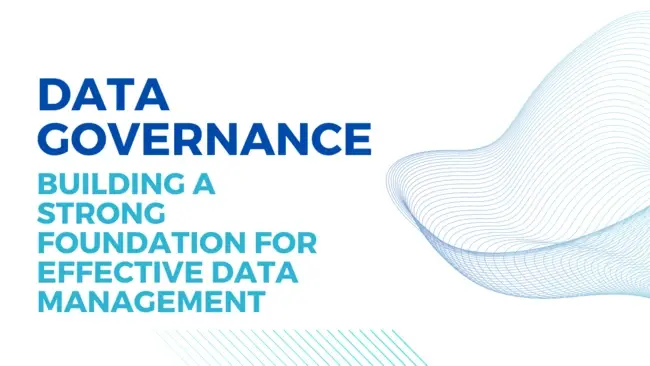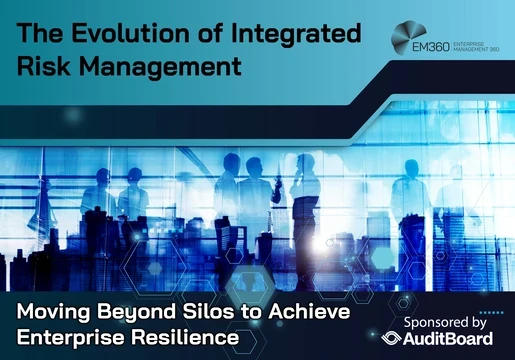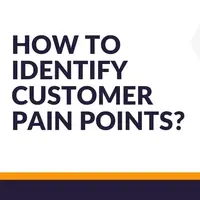
Protecting business intelligence (BI) is complicated due to increased security risk exposure. Also, the companies worry about data corruption, unauthorized access, unreliable communication systems, and human factors jeopardizing confidentiality. Modern governance guidelines educate stakeholders on necessary precautions. This post will explain data governance and why leaders consider it a strong foundation for effective data management.
What is Data Governance?
Data governance is a set of standardized rules and roles to regulate decision-making rights, resource usage, and corporate ecosystem security. Accordingly, a data governance officer (DGO) is responsible for coordination between engineers, analysts, scientists, managers, and target audiences.
Meanwhile, data governance solutions are software implementations or managed IT facilities assisting leaders in enhancing an organization's cybersecurity, accounting, quality assurance, and user authentication standards. They can be available as self-service platforms hosted in cloud computing environments. Otherwise, brands collaborate with independent consultants specializing in governance, ethics, and IT-related legal compliances.
Responsibilities of DGOs
All DGOs must handle multidisciplinary information and prevent unnecessary overlaps between the different business units. After all, each department has unique data needs, increasing or decreasing cybersecurity risks based on the scope of processing personally identifiable information (PII). An ideal DGO must also oversee hiring new candidates for multidisciplinary roles and evaluate corporate espionage risks.
Data governance officers must avoid communication breakdown if data engineers and analysts disagree on data architecture. Alongside leadership and communication skills required to nourish multidisciplinary teams, DGOs must acquire software development and statistical modeling skills to understand IT teams’ concerns.
A prior knowledge of data management services can assist data governance officers in mediating between analysts and managers. Moreover, they must explain technical concepts to target audiences, revising communication methods to suit their technological aptitudes. Therefore, DGOs allow managers, investors, government officials, and technical professionals to cooperate better.
Components of Data Governance for Effective Data Management
1| Version Control & Changelog
When an employee modifies database records, your company’s IT systems must attribute the changes to that employee. This precaution enables managers to encourage workers to be more accountable while maintaining the changelogs necessary during future audits.
Aside from changelog, version control is a more extensive tracking approach in data governance. It compiles multiple changelogs into more comprehensive reports, helping distinguish between major and minor database revisions.
2| Multifactor Authentication
Illegitimate use of corporate BI assets can attract legal, financial, and reputational troubles. Therefore, brands must specify the hierarchy of authority. Multifactor authentication (MFA) in data governance relies on biometric scanners, custom hardware, employee contact details, and real-time alerts to combat cybersecurity threats.
Integrating MFA ensures malicious individuals cannot exploit a company’s IT resources through identity theft. Besides, it allows leaders to avoid, track, and penalize corporate espionage.
3| Accounting Transparency
Customers and investors love brands complying with governance requirements. They dislike corruption or brands benefitting from unfair trade practices. Since accounting and taxation integrity are prerequisites to governance compliance, stakeholders support companies disclosing actual performance statistics.
Accounting transparency through data governance helps protect an organization’s cashflows, movable assets, and investor relations. It also simplifies audits concerning corruption allegations, insider trading, and greenwashing attempts.
So, nobody can manipulate a company’s databases to mislead stakeholders and auditors. Enterprises embracing advanced governance standards will build a strong foundation for effective, accurate, and honest data management strategies. They do not worry about skewed reports, fake growth figures, and misuse of company resources for executives’ non-business interests.
The Differences and Similarities Between Data Governance and Data Management
Data governance prioritizes data quality, security, and legal compliance by properly enforcing policies and technologies throughout the data lifecycle. However, data management handles data creation, sourcing, storage, transformation, analysis, and streaming.
Simultaneously, they contribute to quality improvement, enabling analysts and data scientists to extract outcome-oriented insights. DGOs and data managers collaborate with data architects and engineers to devise adequate extract-transform-load (ETL) pipelines.
Data governance officers and data managers must recognize when implemented strategies become obsolete. They must also coordinate multidisciplinary teams to revise governance policies, performance disclosure reports, and cybersecurity standards.
Conclusion
Data leaks, corporate espionage, backdoor entries, ransomware, and report manipulation hurt a company’s long-term interests. Therefore, global businesses seek robust security and accountability mechanisms to become more resilient.
Governance policies and security measures like MFA allow managers to protect corporations’ business intelligence assets. Professionals in the DGO role also coordinate teams to mitigate human risks, resource misuse, and conflicts of interest. As a result, data governance has become a strong foundation for effective and secure enterprise data management.














Comments ( 0 )